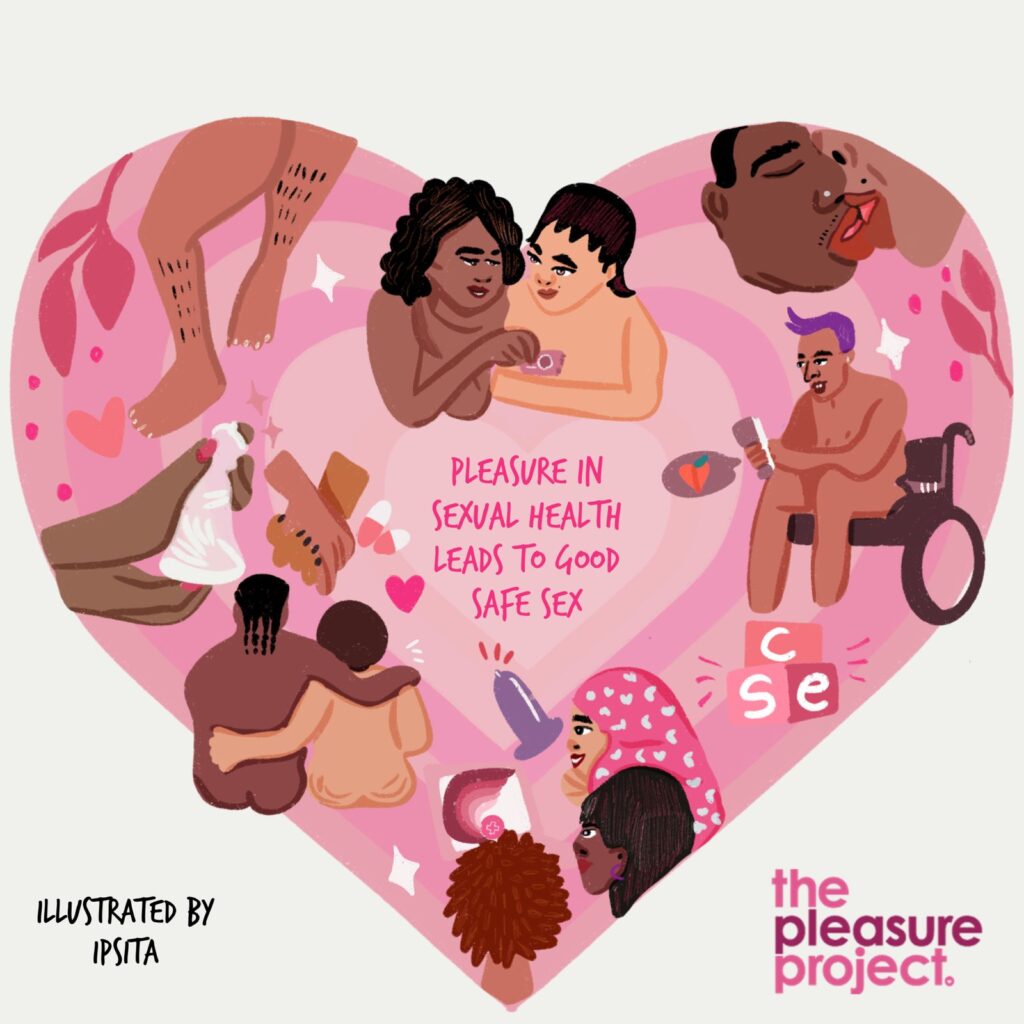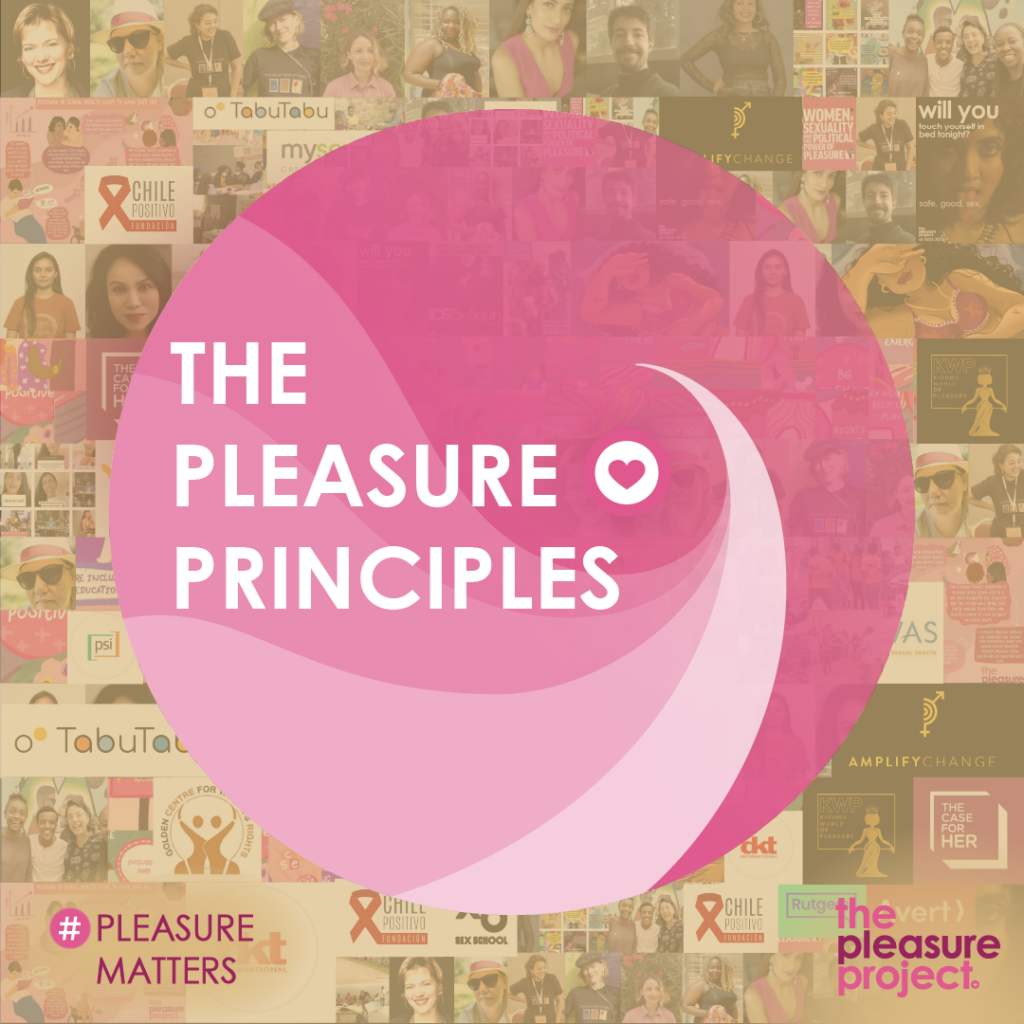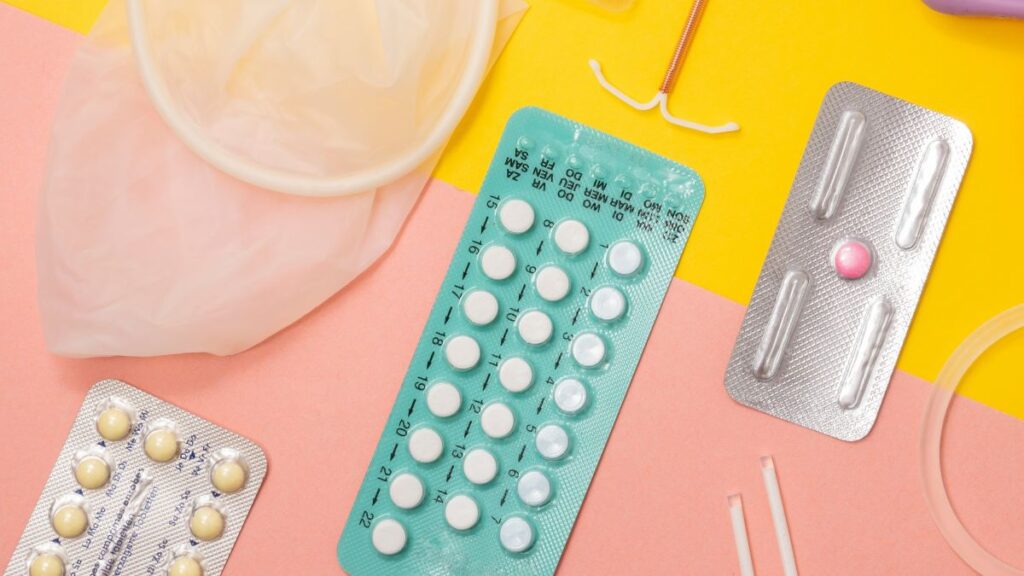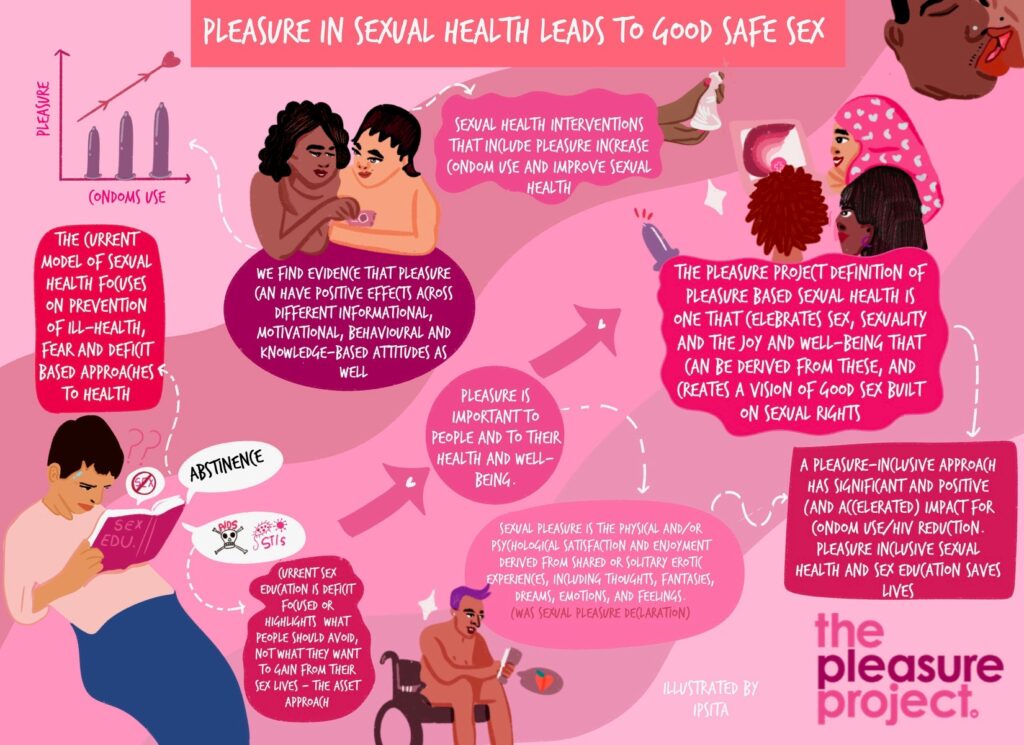Pleasure is one of the main reasons why people have sex. Yet its importance remains too often downplayed, including in sexual health and education research.
But how do pleasure-inclusive programs improve outcomes?
Released in February 2022 by The Pleasure Project and the World Health Organization, the answer to this question can be found in the first systematic review of its kind.
This review article shows that prioritizing pleasure, as opposed to focusing solely on dangers or diseases, considerably increases the likelihood of safer sex practices.
An analysis of pleasure in sex ed

The review examined research studies from 2005 to 2020—more than 13,000—to determine their impact on sexual and reproductive health. It found 33 programs involving 18,886 participants that compared the same intervention with or without pleasure inclusion that promoted sexual health, mainly through condom use and sexually transmitted infection (STI) management.
Twenty-five studies were conducted in the United States, two in South Africa, and one in each of the following countries: Spain, Brazil, Mexico, Nigeria, Singapore, and the UK. All of them focused on reducing the spread of sexually transmitted infections in populations at higher risk, such as men who have sex with men, people who use drugs, younger individuals, and ethnically diverse groups.
“We use condom use as a common indicator as this allowed us to metanalysis results,” co-author Anne Philpott told le Shaw.

Philpott, who co-founded The Pleasure Project in 2004, has significant experience in global sexual and reproductive health initiatives.
Research revealed that pleasure-inclusive programs not only improve knowledge and attitudes about sex but lead to higher rates of condom use and other sexual health outcomes. This highlights the impact of incorporating pleasure in sexual health interventions.
“All of the studies were over the line. So however much pleasure was included, even if it was quite small it all increased condom use.”
Celebrating sex
One of the pleasure-inclusive interventions that sticks out to Philpott is SisterLove, which she says was “started from the assumption that sex is something to be celebrated.”
Created by Black women for Black women, the organization tackles high HIV incidence rates in the southern United States.
“Those ones for me are the real gold standard, because they really have the best promise of being able to change behavior,” Philpott said.
“As important as condom use and improving health is, it’s not just about that. It’s also about reducing shame and reducing stigma”
That includes internalized shame and stigma that “most of us in the world feel around our sexuality because that’s what we’ve been taught through sex education or the media.”
Men who have sex with men

Researchers examined several sexual health programs focusing on men who have sex with men (MSM). They mainly involved young men and men from Black or diverse ethnic groups, which included both HIV-positive and HIV-negative individuals.
The majority included pleasure in the context of behavioral skills training, but it was not the central focus. They involved discussions on making condom use enjoyable and fun, typically framed within a narrative that also highlighted the risks associated with alcohol and drug use and their impact on condom use.
The Focus on the Future program stood out by encouraging condom use through its association with greater sexual pleasure. This strategy, among others, resulted in improved behaviors and a rise in condom use during anal sex, based on participant reports.
Results from online interventions varied. However, findings from a program called Guy2Guy suggest virtual initiatives may be especially beneficial for younger individuals with limited sexual experience.
Drug use
The researchers reviewed five programs involving 1,988 male and female participants who use or have used drugs. Many faced intersecting risks factors related to their ethnicity, HIV status, low-income, current treatment in drug recovery programs, or involvement in sex work,
Pleasure was often talked about in terms of making safer sex practices more exciting and enjoyable. They also took a more empowering approach by helping people understand their sexual rights, making positive sexual choices, feeling confident and proud of their bodies, and affirming their right to enjoy sex.

Notably, one interactive program focusing on pleasure education cut down new HIV/STI cases by 50% compared to traditional sex education.
These programs were effective in increasing knowledge about HIV/STIs and making participants feel more capable.
Young people and adolescents
Sex education programs for young people were the most effective when they were fun and empowering.
In Spain and Brazil, school-based sexual health programs that presented sexuality as positive and enjoyable increased condom use among students compared to schools without such programs.
In another school program, a 20-minute lesson using leaflets improved students’ attitudes and confidence toward condom use. However, it didn’t change the teenagers’ behavior in the short term, likely because it was brief and just gave information.
Other educational programs targeted groups, like ethnically diverse girls who faced sexual abuse, girls at Planned Parenthood, and incarcerated youth. While they usually improved knowledge and motivation, as well as resulted in fewer infections, many participants didn’t finish them.
Finding interventions that sexually empowered young women was challenging.
Although Philpott said several programs claimed this approach, many were “only teaching young women to say ‘no’ to sex they didn’t want, and it wasn’t helping them to say ’yes’ to sex that they want.”
“How do you know what to say no to if you’re not helped to also know what to say yes to? That is also an important part of consent.”
There is limited research available regarding university students. Educational videos that portrayed condom use as erotic led to increased condom usage in one intervention, but did not consistently increase condom usage in another study.
Gaps in research

The authors of the study emphasize the need to research a wider variety of people and different types of programs, including those focused on family planning and pregnancy prevention.
Current research on pleasure-inclusive programs focuses on high-risk groups for HIV/STIs and their condom use. There’s a noticeable gap in understanding how these approaches affect other demographics, particularly women of reproductive age, older women, and the general heterosexual population.
“The fact that we found none, no contraception research which had considered sex life concerns is quite shocking, really, and also indicates again, a kind of gender bias around when pleasure is considered,” Philpott said.
Since results largely relied on self-reported data, future research could also benefit from using more objective measures of success such as monitoring changes in STI rates.
Promoting pleasure-inclusive programs
Integrating pleasure into sexual health education boosts sexual self-esteem, confidence, and promotes safer choices.
This approach, as the study suggests, should be a central focus of future sexual and reproductive health research. To be most effective, sex education programs need to embrace more interactive and empowering frameworks.
In fact, public health researchers already recognize sexual pleasure as one of four pillars of sexuality in population health.
These insights are crucial in shaping a healthier, more informed holistic approach to sexual health education. By including pleasure in sex education, we can do more than reduce infections, we can save lives and enhance wellbeing.
Featured Image Source: AI-generated with DALL-E




